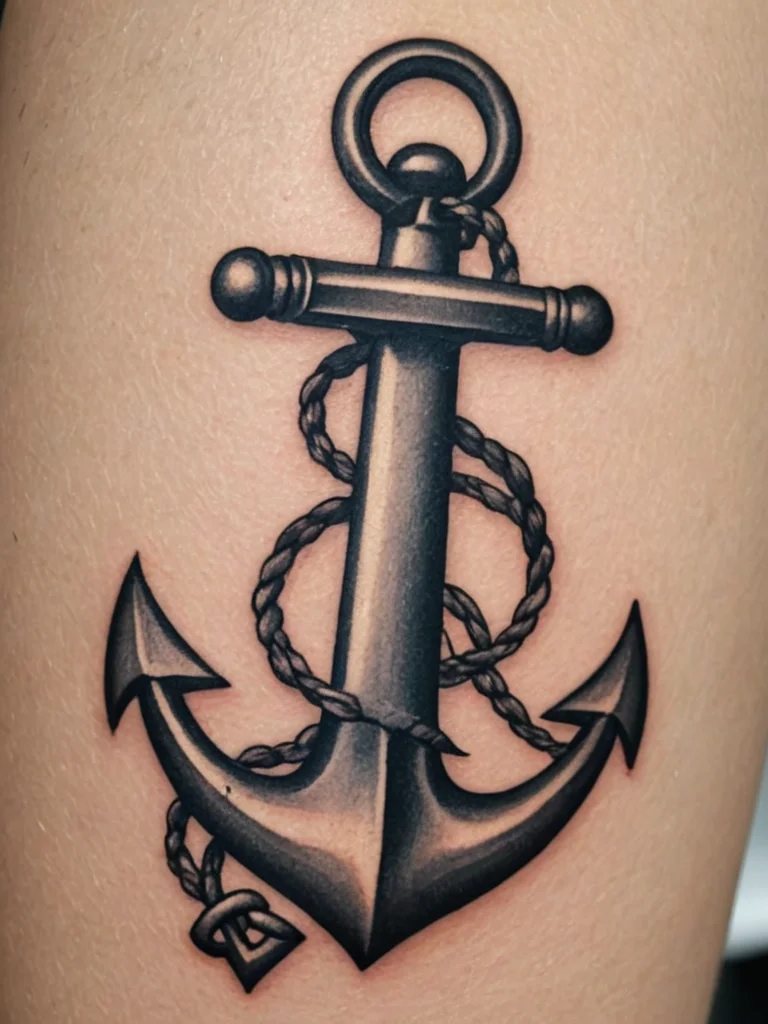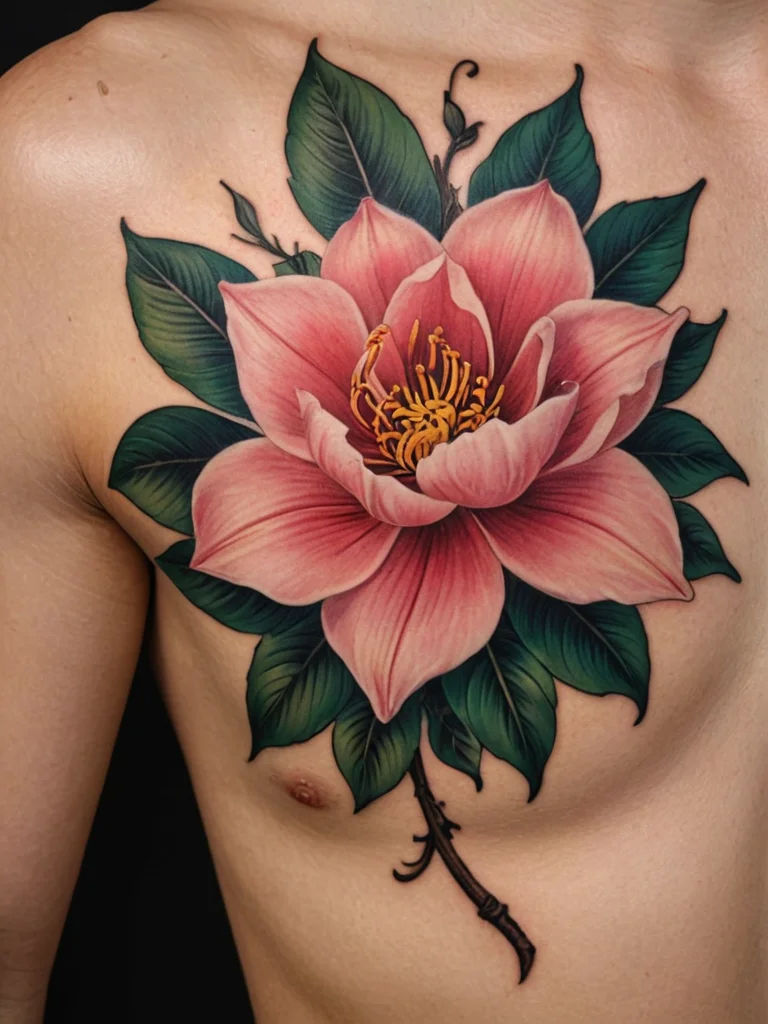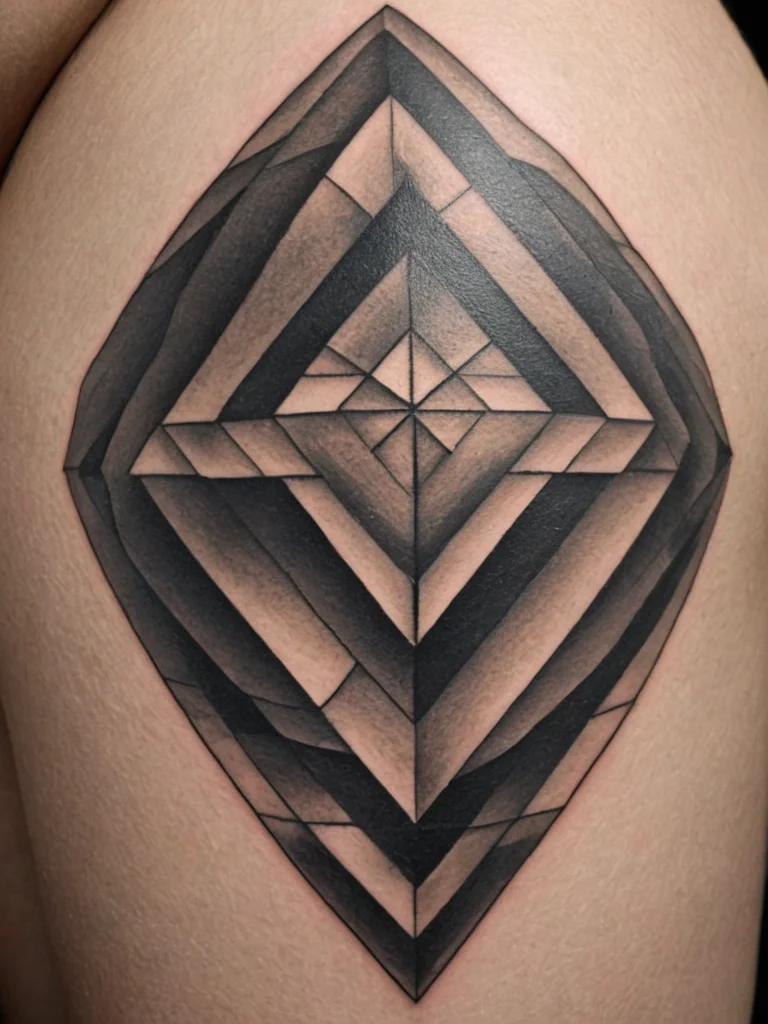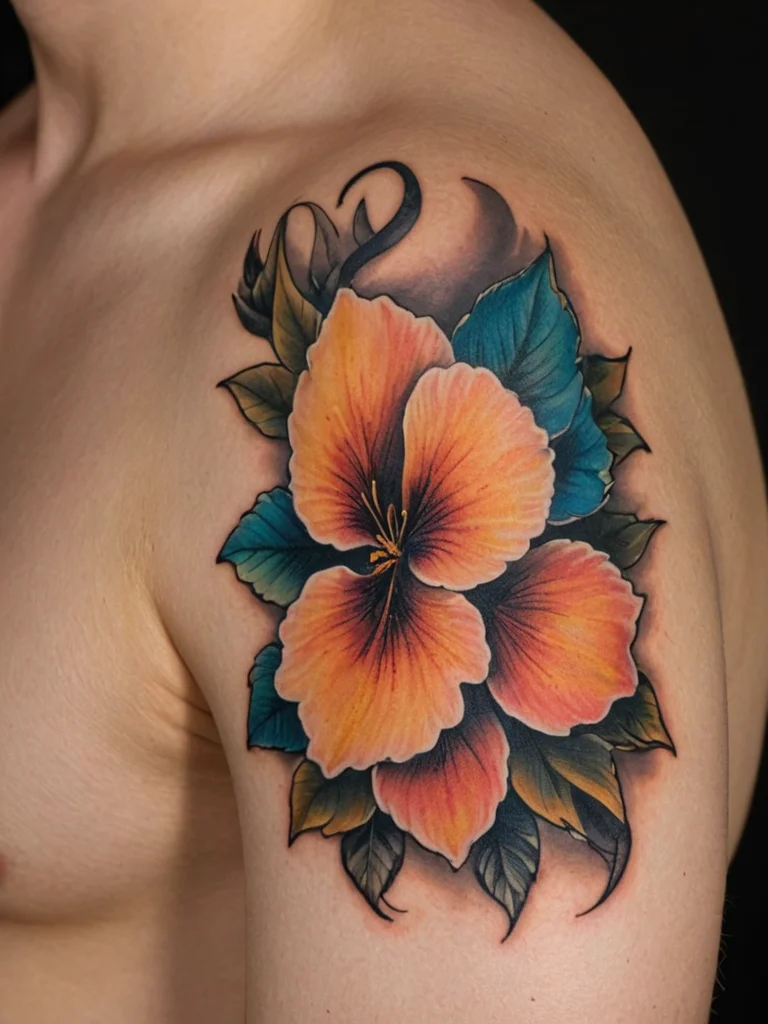Embarking on the journey to get your first tattoo is an incredibly exciting experience. It’s a form of personal expression, a way to tell your story, and a commitment to art that you’ll carry with you forever. However, with the vast ocean of tattoo styles available, choosing the right one can feel overwhelming. Understanding the different aesthetics, techniques, and historical contexts behind various tattoo styles is crucial. It not only helps you find a design that resonates deeply with you but also ensures you communicate effectively with your chosen tattoo artist, leading to a result you’ll love for years to come. This guide will walk you through some of the most popular and influential tattoo styles, offering insights to help you make an informed decision for your first, or next, piece of body art.
Why understanding tattoo styles matters for your first piece
When you’re considering your first tattoo, it’s easy to get caught up in the excitement of the imagery itself – a lion, a flower, a quote. However, the style in which that imagery is rendered can dramatically alter its impact, its longevity, and how it ages over time. Think of it like choosing a font for a special message; the words might be the same, but the typeface changes the entire feel. Similarly, a fierce wolf rendered in traditional style will look vastly different from one depicted in hyper-realistic detail. Each style has its own set of rules, techniques, and a rich history. Understanding these nuances empowers you. It allows you to articulate your vision more clearly to a tattoo artist, who is an expert in their craft. A good artist will guide you, but coming with a basic understanding of what you’re drawn to, and why, makes the collaborative process smoother and more rewarding. Furthermore, different styles hold different meanings and have evolved through various cultural contexts. Knowing this adds another layer of depth to your tattoo choice, connecting you more profoundly to the art you’re about to wear. It’s about more than just the picture; it’s about the art, the artist, and the story you want to tell.
American Traditional: the classic look and its iconic motifs
American Traditional, often referred to as Old School or American Classic, is a foundational style that has shaped much of modern tattooing. Its roots are deeply embedded in the history of sailors, military personnel, and early 20th-century tattoo parlors. This style is instantly recognizable due to its bold outlines, a limited color palette dominated by primary colors like red, yellow, green, and blue, and often black shading. The designs themselves are typically iconic and straightforward: anchors, eagles, roses, swallows, pin-up girls, daggers, and nautical stars are common motifs. These symbols often carried specific meanings for the wearers – an anchor signifying stability, a swallow indicating a safe return from sea, or roses representing love and beauty. The artistic approach is bold and graphic, designed to be durable and readable even after decades. Think of the quintessential tattoo you might see on a classic Hollywood actor or a vintage sailor. The lines are thick and solid, creating a strong visual presence. Shading is usually done with black ink, often in a whip-shading or stippling technique, to create depth and contrast rather than smooth gradients. American Traditional tattoos are renowned for their longevity. The bold lines and solid color packing hold up exceptionally well over time, resisting the fading and blurring that can affect more delicate styles. If you’re looking for a tattoo with a rich history, a timeless aesthetic, and a robust design that will stand the test of time, American Traditional is an excellent choice. It’s a style that speaks of heritage, resilience, and a certain timeless cool.

Beyond traditional: exploring Neo-Traditional, Japanese, and Realism
Moving beyond the foundational American Traditional style opens up a world of diverse and intricate aesthetics. Each of these styles offers a unique approach to design, technique, and thematic expression, appealing to different tastes and preferences.
Neo-Traditional builds upon the solid foundation of American Traditional but infuses it with a modern, more elaborate sensibility. While it retains the bold outlines and often bright color palettes, Neo-Traditional artists push the boundaries with more complex compositions, richer detail, and a wider range of colors, including subtle gradients and sophisticated shading. Motifs expand beyond the classic icons to include ornate florals, whimsical characters, animals with anthropomorphic qualities, and mythological figures. The linework can be more varied, with some areas featuring thicker, bolder lines and others employing finer, more delicate strokes to create depth and texture. It’s a style that often feels more illustrative and painterly, with artists often drawing inspiration from art nouveau, Victorian aesthetics, and even fantasy art. If you appreciate the boldness of traditional but desire more intricate detail, vibrant color, and a highly decorative finish, Neo-Traditional might be the perfect fit for you.
Japanese (Irezumi) is one of the oldest and most revered tattoo traditions in the world. It is characterized by its elaborate, flowing designs that often cover large areas of the body, such as full sleeves, back pieces, or bodysuits. Japanese tattooing is deeply rooted in mythology, folklore, and cultural symbolism. Common motifs include dragons (representing strength, wisdom, and good fortune), koi fish (symbolizing perseverance and overcoming adversity), tigers (power and courage), cherry blossoms (the transient nature of life), chrysanthemums (longevity), and samurai or geishas (historical figures and archetypes). The style is known for its bold, sweeping lines, vibrant colors, and meticulous shading, often creating a sense of movement and narrative across the skin. Traditionally, Japanese tattoos are created using a combination of hand-poking (tebori) and machine techniques, though modern artists widely use machines. The application process can be lengthy and intensive, reflecting the commitment involved. The artistry lies in the composition – how the elements flow together and wrap around the body, creating a cohesive and powerful piece of wearable art.
Realism, as the name suggests, aims to replicate reality as closely as possible on the skin. This style can encompass photorealism, where the tattoo looks like a photograph, or fine art realism, which captures the essence and emotion of a subject, like a classical painting. Realists use a full spectrum of colors and an extensive range of black and grey shading techniques to create depth, texture, and lifelike qualities. Subjects can range from portraits of loved ones and beloved pets to hyper-detailed depictions of animals, landscapes, and objects. The success of a realistic tattoo relies heavily on the artist’s technical skill, their understanding of light and shadow, and their ability to translate a three-dimensional subject onto a two-dimensional surface. This style requires exceptionally fine linework and incredibly smooth blending. Realistic tattoos are stunning and impactful, but they demand a highly skilled artist and can be more challenging to maintain their pristine appearance over many years compared to bolder styles.

Modern minimalist: discovering Fineline, Geometric, and Dotwork
In contrast to the bold and elaborate styles, a wave of modern aesthetics has emerged, focusing on subtlety, precision, and minimalist appeal. These styles are perfect for those who prefer a more understated yet deeply meaningful mark.
Fineline tattooing has gained immense popularity for its delicate and intricate appearance. This style uses very fine needles, often single-needle groupings, to create precise lines, subtle shading, and fine details. The aesthetic is often described as elegant, clean, and sophisticated. Fineline tattoos are ideal for script, small portraits, botanical illustrations, minimalist designs, and abstract patterns. They can mimic the look of a pencil sketch or an ink drawing, offering a refined and subtle statement. The key to a successful fineline tattoo is the artist’s absolute control and precision. Because the lines are so fine, they can be susceptible to fading or blurring over time if not executed with great care or if placed in areas with a lot of friction or movement. However, when done well by a skilled artist, fineline tattoos remain a beautiful and enduring choice for those seeking understated elegance.
Geometric tattoos are characterized by their use of precise shapes, lines, and patterns. Think of squares, circles, triangles, sacred geometry, mandalas, and intricate line work that creates abstract or representational forms. This style often emphasizes symmetry, balance, and mathematical precision. Geometric tattoos can be purely abstract, or they can form recognizable images like animals or portraits when viewed from a distance, revealing their intricate construction upon closer inspection. The clean, sharp lines of geometric tattoos require a steady hand and an excellent understanding of spatial design. Artists often use stencils and specialized tools to ensure accuracy. The aesthetic is modern, often a bit futuristic or spiritual, appealing to those who appreciate order, structure, and the beauty of mathematical patterns.
Dotwork, also known as stippling, relies entirely on the careful placement of numerous small dots to create images, shading, and textures. By varying the density and proximity of the dots, artists can achieve incredible depth and subtle tonal variations, from light washes to solid black areas. This technique can produce mesmerizing effects, giving tattoos a unique, almost ethereal quality. Dotwork is frequently combined with geometric patterns, creating intricate mandalas or celestial designs, but it can also be used to shade portraits, animals, or abstract concepts. Like fineline, dotwork requires a high degree of patience and precision from the artist. The visual effect can be very delicate and intricate, making it a popular choice for those seeking a less conventional and more artistic tattoo.

Choosing your style: matching a design to your vision and body art goals
Selecting the perfect tattoo style is a deeply personal process, and understanding the characteristics of each can guide you toward a decision that truly resonates. Consider what you want your tattoo to convey. Is it a bold statement of heritage or a subtle personal reminder? This initial reflection will help narrow down your options. For instance, if you’re drawn to bold imagery with a story and a sense of timelessness, American Traditional or Japanese styles might be calling to you. Their inherent strength and historical significance offer a powerful visual narrative. If your taste leans towards the intricate and the ornate, with a blend of classic influence and modern flair, Neo-Traditional could be an excellent direction. It offers a rich canvas for detailed artistic expression.
Perhaps you admire the lifelike depiction of people or animals and want a tattoo that captures a moment with photographic accuracy. In that case, Realism is the style to explore, though it’s important to seek out artists with specialized expertise in this demanding technique. For those who prefer a more delicate, understated, and contemporary aesthetic, Fineline, Geometric, or Dotwork styles offer sophisticated beauty. These styles are fantastic for minimalist designs, intricate patterns, or script, providing a refined touch that complements the body’s form without overpowering it. When you’ve identified a style that appeals to you, the next crucial step is finding an artist who specializes in that particular genre. Most artists have a preferred style or a few styles they excel at. Look through their portfolios online or in the studio. Do their existing works align with the aesthetic you’re seeking? Do you appreciate the quality of their linework, color saturation, and shading? Discussing your ideas openly with an artist whose style you admire is paramount. They can offer expert advice on how your chosen design will translate into a tattoo, suggest modifications to ensure longevity and visual impact, and help you understand the placement and size that would best suit your vision and anatomy.

}